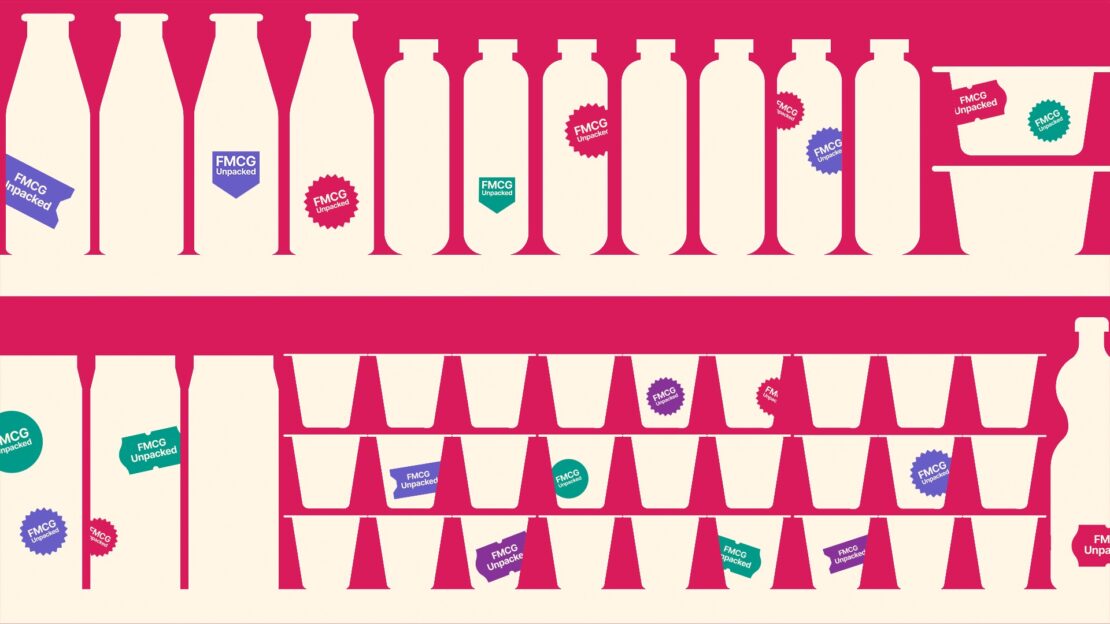As residents gain a greater say in local planning, homebuilders should seize the chance to change
Oktober 6th, 2023
New planning laws unveiled in the Queen’s Speech will require longer, more complex, and more personal engagement programmes with residents. They could also mean much higher costs to home builders if they do not get the consultation process right and projects become drawn out. Here’s my take on what this part of the ‘levelling up’ agenda means for the construction sector.
In a Sunday Telegraph interview ahead of the 2022 Queen’s Speech, housing secretary Michael Gove hinted at some of the legislation to come. Standouts include:
- A proposal for ‘street votes’ aimed at giving local residents a say over the design of any new builds
- A plan to reduce empty high street property by forcing landlords to take tenants to regenerate high streets and support small businesses
The new emphasis on consulting residents includes plans for ‘local design codes’ for communities to decide what type of building they want in their area. This should help maintain a consistent aesthetic, especially in rural communities fearful of identikit modern housing arriving on their doorstep.
The downside for home builders is that the consultation process will now be longer and with way more barriers. Here’s how I believe they should pivot their local consultation.
The future of local planning consultation
For years, local planning consultation has been stuck in the old ways and needs a reboot. Residents often feel bypassed by planning developments, which could have contributed in part to the Conservatives’ surprise loss of Chesham & Amersham to the Liberal Democrats and may have prompted a rethink at the government level.
While the benefits are clear for local communities – a much-needed increased sense of ownership over planning decisions – the way I see it, Gove’s plans will:
- Prolong the engagement process
- Require more integrated and hands-on community engagement from planners and home builders
- Fuel the need for more savvy use of technology, such as modelling and simulation software
There’s an opportunity here. As the pandemic demonstrated, public consultation has moved on from the traditional meeting in a local community centre to a hybrid model, where the ramping up of online content helps broaden the reach of public consultation.
Grayling’s research finds that around half (49%) of Britons we interviewed say they’d be more likely to be involved in public consultation if they could respond digitally. We see a cross-generational trend, too; it’s not just younger, digitally native people who want digital engagement on local issues that matter to them.
What the Government proposes in the Queen’s Speech invites home builders to be more creative in the way they present plans to locals, involve them and, over the long term, even build trust between two factions that often are at odds.
Whisper it, but a good experience and happy community could make future planning consultations that much easier.
Modern local planning consultation in action
At Grayling Engage, we’ve also demonstrated that local engagement through digital channels can inform and persuade locals of the value of a development and encourage their feedback and support.
In 2020, at the height of the Covid-19 pandemic, Grayling Engage led the public consultation process on behalf of the developer Cube Real Estate for Unilever’s new global HQ in Kingston-Upon-Thames.
Due to restrictions in place at the time, we couldn’t present plans in person for the new development, which would see the regeneration of an underused, largely vacant site in the centre of the town. So, we used Grayling’s proprietary tool, GraylingEngage, to communicate with residents about Cube’s plans.
Our two-phase consultation also included digital meetings with key stakeholders in the town, including the local university, politicians, and business groups. We also hosted exhibition boards and a live chat function so residents could speak directly to the project team. We also delivered 2,500 leaflets to neighbours and took out adverts in the local press.
Across the entire consultation period we:
- Reached 45,153 people for each phase of consultation through press advertising
- Reached 31,101 people through social media
- Received 3,828 visitors to the website
- Received 293 responses to the two phases of consultation
Following consultation, more than 50% of respondents agreed in principle with the plans for the site. You can read the full case study here.
The Kingston-Upon-Thames project shows what can be achieved when planners engage with local residents and stakeholders. It’s all about keeping the communication flowing and listening to feedback.
We can expect to see a lot more of this type of digital-first engagement following the Government’s announcement on the future of planning. If you partner with Grayling on your next consultation, you will be working alongside a communication team that has proven expertise at delivering successful digital-first consultations with local residents and stakeholders.
If you would like to find out more about the Grayling Engage platform, get in touch on engage@grayling.com
Rikki Butler, Head of Engage at Grayling

